 Plant Nature Study II
Plant Nature Study II
Plant Nature Study II
Plant Nature Study II

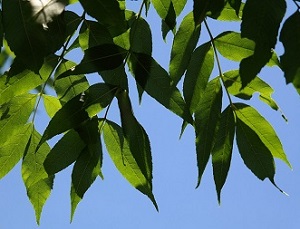
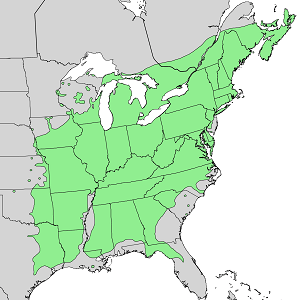

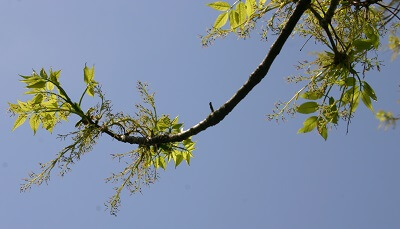
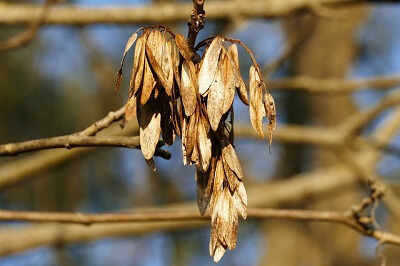
 Plant Nature Study II
Plant Nature Study II
Plant Nature Study II
Plant Nature Study II

Study the lesson for one week.
Over the week:
SIMPLE VS. COMPOUND LEAVES
The white ash tree has compound leaves, or those with a fully subdivided blade and leaflets.
Review the parts of a leaf.
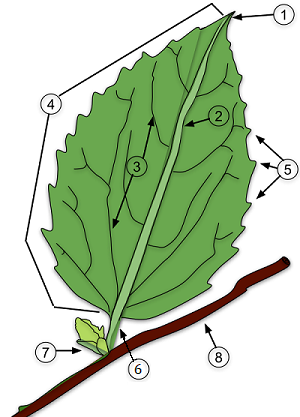
Compare a simple leaf with the compound leaf of the mountain ash, which is divided into leaflets.
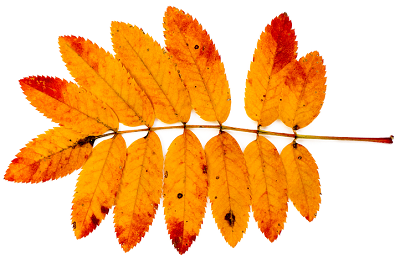
Activity 1: Narrate the Lesson
Activity 2: Study the Lesson Pictures
Activity 3: Take a Nature Walk
Activity 4: Complete a Field Book Entry

After your nature walk, complete page 11 in 'Science Field Book for Fourth Grade.'